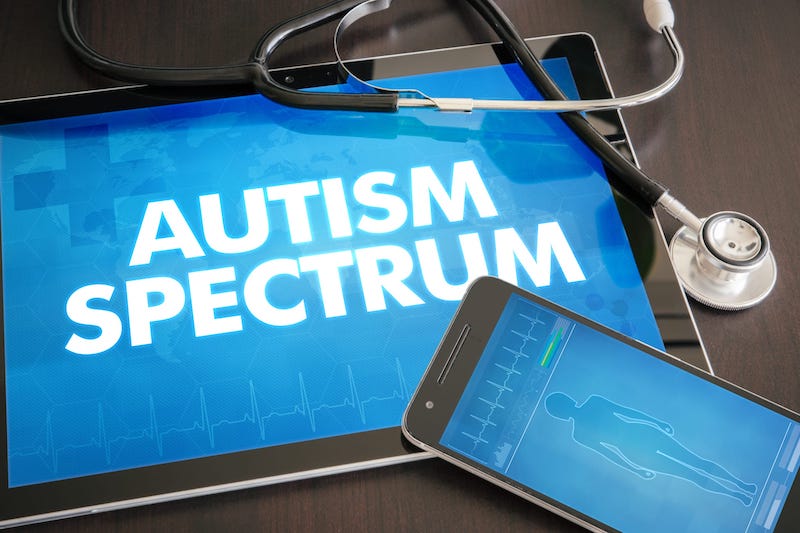Summary: Molecular You is integrating AI with molecular testing to analyze biological markers such as blood, saliva, and urine for autism diagnosis. This method, which detects subtle signs of autism spectrum disorder (ASD) earlier than traditional behavioral assessments, could greatly enhance the accuracy and timing of diagnoses. Takeaways: New technology is using AI to detect complex patterns in biological markers, potentially identifying autism much earlier than traditional methods. Preliminary studies show that Molecular You’s AI-driven diagnostic tools can distinguish between ASD and non-ASD children with up to 99% accuracy. This new AI-driven approach to testing is designed to support, not replace, traditional diagnostic methods. New AI-based technology may change how autism spectrum disorder (ASD) is diagnosed, using biological marker analysis for earlier and more accurate detection. By Andy Lundin As advancements in artificial intelligence (AI) continue to revolutionize clinical testing, new diagnostic methodologies seem to be emerging every day. For instance, the integration of AI with molecular testing techniques may transform the approach to diagnosing autism, opening up new possibilities for health care providers and hope for families. Although autism is traditionally diagnosed through developmental monitoring methods, Molecular You is leveraging AI-driven diagnostics to transform the approach to autism diagnosis. Autism Diagnosis: The New Way Autism diagnosis traditionally involves developmental and behavioral assessment. These methods, while effective, are time-consuming and rely heavily on subjective observations. Any late diagnosis delays intervention. Molecular You’s approach uses AI to analyze complex patterns in biological markers across blood, saliva, and urine. The tools examine the metabolites and proteins to detect subtleties indicative of autism spectrum disorder (ASD) much earlier than behavioral assessments alone. “I think the way that we are fitting in with our technology is that we, through the blood and urine analysis, we’re able to understand all the molecules that are in the blood and how they interact,” says Ash Anwar, PhD, MBA, senior director, data science, and co-founder of Molecular You. Asking AI to Help Diagnose The initial study of Molecular You’s AI tech to diagnose autism was performed through supervised learning, in which the AI was asked to analyze a cluster of metabolite and protein data. The study—which involved a large group of children aged 3 to 9—yielded a 99% accuracy result for diagnoses, Ash says. Data was collected from both ASD and non-ASD-diagnosed children and then given to the AI, which was taught to discern between the two groups based on biological signatures. Implementation of AI in autism testing also mirrors innovations seen for the diagnosis of other disorders. Indeed, similarities between the molecular patterns of autism and Alzheimer’s suggest common pathways for diagnosis, despite differences in the general age demographic for both disorders. Further reading: Whole Genome Sequencing Reveals 134 Autism-Linked Genes Support, Not Replace Anwar emphasized that Molecular You’s AI-driven solution is designed to support, not replace any existing diagnostic methods. “We do see the product as being something that supports the clinical decision-making of a trained professional and it allows the AI to find information that is going to be helpful in making a diagnosis,” says Anwar. This AI-driven method also represents a shift toward personalized medicine in autism care, emphasizing the importance of individual biological patterns in diagnosis and treatment. “We are all so unique, and the nuances of how our systems interact with our environment and how we respond to stress and all these things is very unique to us as individuals,” says Anwar. “I do want to see us go in that direction where we’re monitoring someone, potentially longitudinally, and then being able to understand what is a normal baseline molecularly for someone, and then if they deviate away from that baseline, what’s causing that, and can we bring them back to what’s uniquely normal for them.” Anwar says that he expects the solution to be made commercially available sometime in late 2024. Andy Lundin is the associate editor of CLP.
This content was originally published here.
